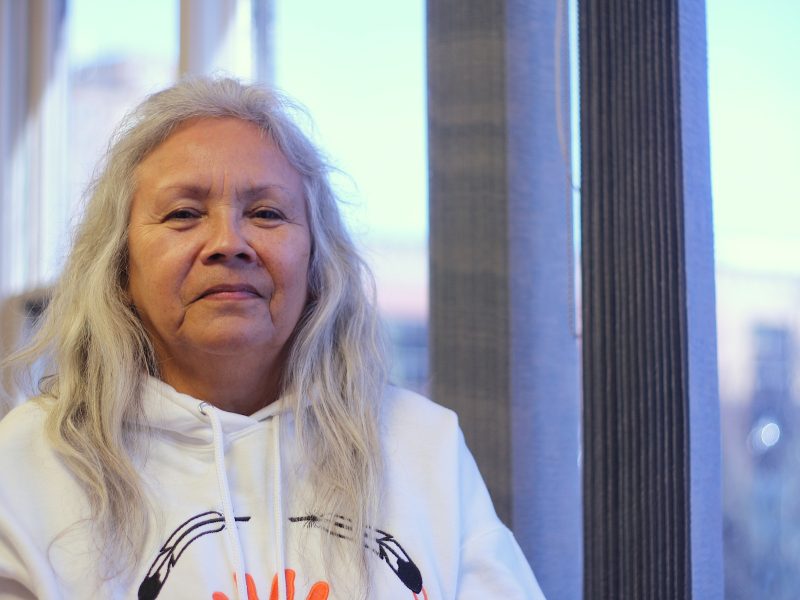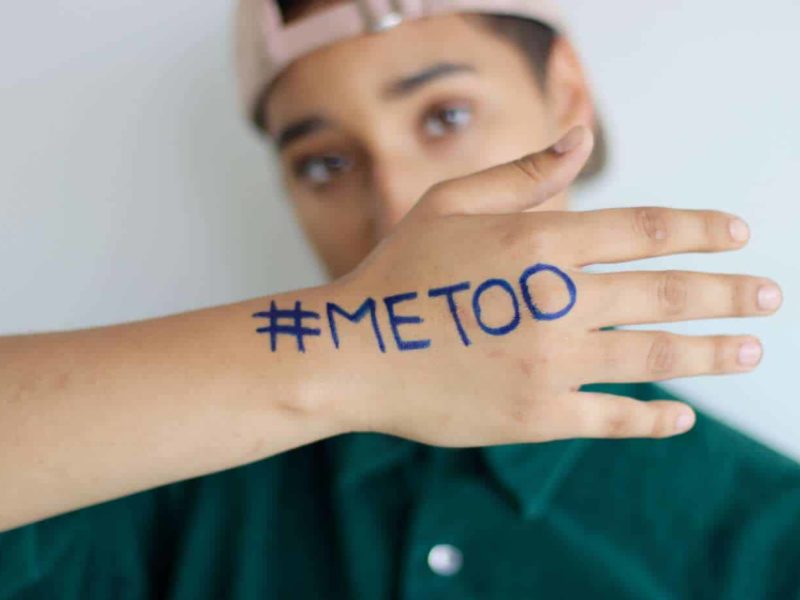
We’ve just launched the beta version of The Discourse, so we’ve got a new name, a new website, new ways for you to contribute to our work and a new colour palette!
As a reporter focused on gender, I know that colour choices can be coded. Often used to identify groups, show solidarity within movements and sell products, colours can be unifying or divisive. So when our team came together a few months ago to pick colours that would represent our “impact channels” or issue areas on our new site, I knew things were going to get interesting.
It was easy to decide that our environment channel would be green. But we got stuck on one question: When we talk about gender, what colour should we use?
After a lot of discussion and without reaching consensus, we chose pink. At first I wasn’t sure about it. Pink is having a moment in the spotlight, for sure, but does it still signify binary — and therefore exclusive — ideas about gender?
Tim Robertson, a designer at Toronto’s Good Digital Culture and the creator of our new website, was pro-pink.
“[Gender is] a really polarizing topic, and colour has played a visual role in it since the beginning of contemporary conversations,” he tells me, acknowledging the false gender binaries reflected by pink and blue. “The reason I didn’t want to shy away from those colours is I wanted to push to the forefront that this is something that we should be questioning and we should be talking about, and if you think that pink is a girl colour, then let us know why.”
Pink has played a historically important role in the queer movement, and is seeing a resurgence in the contemporary women’s and #MeToo antiviolence movement. It’s been reappropriated many times, in many different ways, Tim reminds me.
“Think about pink in queer culture, and how it stemmed, in part, from the pink triangles in Nazi Germany,” he says. “It was a colour of oppression that the community has taken back, taken very powerful ownership over it, and made it into something quite wonderful.”
“It’s about ownership of something that could be perceived as feminine, and redirecting it.”
Although we’ve picked pink to represent this space for now, we expect our image to change and evolve in response to what our communities tell us.
“Culture is changing so quickly that what we’re saying is representative now is not representative of the future, and we need to be okay with that,” Tim says. “We need to be okay with the fact that our interpretation of things will evolve, and The Discourse is going to evolve with it.”
That’s why I want to know: What colour is your gender expression? Check out the links below, and let me know what you think via email, Facebook or Twitter.
Pink links
- Rose Quartz, a pale shade of pink, was one of the Pantone colours of the year in 2016. According to Pantone, the shade is welcoming and evokes a sense of reassurance. It’s also a response to what the company described as as a shift toward a “more unilateral approach to color” that is coinciding with “ societal movements toward gender equality and fluidity.”
- In 2018, Pantone moved on to Ultra Violet. The bold shade of purple is inspired by the suffragette movement and “all-round goddess Rihanna,” Pantone said.
- Millennials seem to really love pink, especially on Instagram. According to this story from The Cut, that’s because “with Millennial Pink, gone is the girly-girl baggage; now it’s androgynous.”
- Pink, along with rainbows and unicorns, have been symbols of the queer movement for a long time. But recently, they’ve gone mainstream. This piece from Nylon asks: “Why now? Why has our culture, in a time of seemingly unparalleled divisiveness, embraced these particular symbols with an unabashed fervor?” [end]



